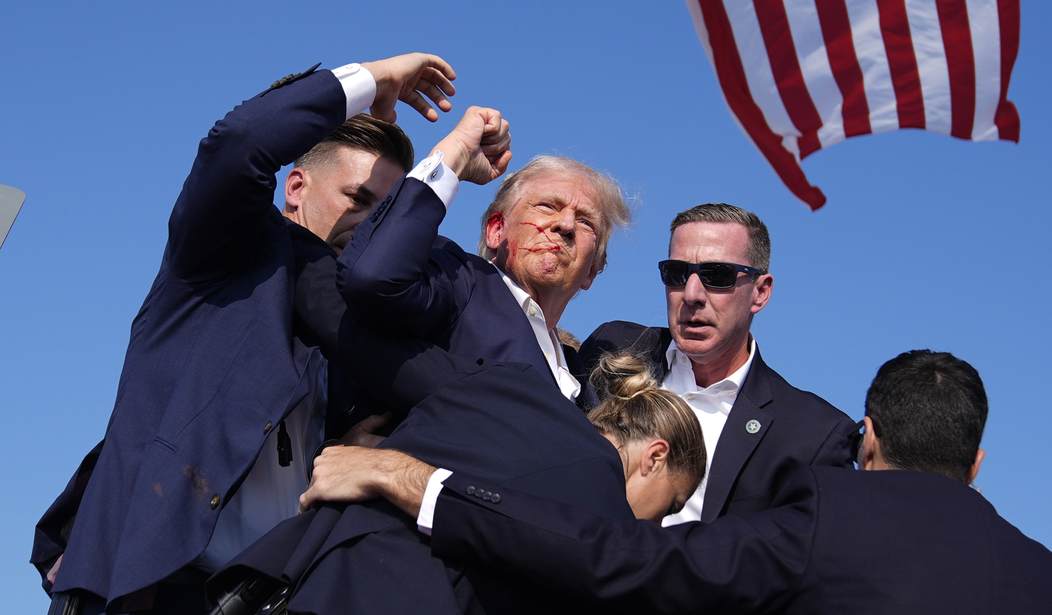Imagine the shock of gunfire at a presidential event, the immediate confusion, and the rush to protect the leader of the free world. Such a moment wasn't just a scene from Trump's rally—it echoed eerily of another time when shots rang out for President Ronald Reagan. On that fateful day in March 1981, Reagan was thrust into a life-or-death situation, similar to what we witnessed recently with Donald Trump. The sense of deja vu is palpable as we compare these two moments in American history.
In 1981, President Ronald Reagan was shot in an attempted assassination. At first, Reagan was unaware that he had been shot; he initially believed one of his ribs had been broken in the fray. Only when he began bleeding from the mouth did the presidential limousine cancel its original route to the White House and rush to the hospital. Upon arrival, the President stumbled into the hospital, dropped to one knee, and announced in a panic, "I can't breathe!" Hospital personnel helped him into the trauma area. It was only after the president's shirt was removed that the personnel attending him realized he had been shot.
Reagan encountered a great deal of bleeding from the chest; Dr. Aaron would later estimate that he lost almost one-half of the volume of blood in his body before entering surgery. The surgery continued until the bullet was located shortly before 6:00 p.m. The bullet itself was flattened and appeared to be the shape of a dime. After removing the bullet, the surgery was finished around 6:30 p.m. The president made a quick recovery and left the hospital on April 11, 1981, just twelve days after the attack. This time, Reagan was not taking any chances; he exited the hospital wearing a bullet-proof vest.
In stark contrast, the recent attempt on Donald Trump's life saw the former president immediately embodying a stance of defiance and solidarity. Moments after he was shot at a rally in Butler, Pennsylvania, Trump was seen with blood on his ear and cheek as he was rushed off the stage. The former president could be seen touching his ear as the shooting unfolded before he was shielded by the Secret Service and whisked offstage— with blood on his face—and into an SUV to safety. Trump said in a social media post that a bullet pierced the upper part of his right ear. "I heard a whizzing sound, shots, and immediately felt the bullet ripping through the skin," he said. "Much bleeding took place, so I realized then what was happening. ”Trump's immediate reaction and subsequent statements underscored a message of resilience and a call for unity against political violence. Unlike Reagan's humor, Trump's response was one of defiance in our turbulent times.
Recommended
From the trauma room to the campaign trail, both leaders demonstrated their ability to connect with the American people in moments of crisis. Reagan's humor and grace under pressure provided a sense of calm and reassurance. In contrast, Trump's defiance and unwavering stance against violence resonated deeply with his supporters, to highlight his role as a symbol of patriotic resilience. Though different in temperament, both men understood the power of performance in their leadership roles. Reagan's training as an actor and Trump's experience as a television personality equipped them to handle the spotlight, even in the most dire circumstances.
In these challenging times, leadership is about more than personality; it's about resilience and connection. Trump's handling of the recent attempt underscores a call to unity and a return to American values, to make him a beacon for those disillusioned with current political trends. As we look at the landscape of American politics today, with President Biden's cognitive decline and the far left's exposure, Trump emerges as the only viable candidate. Much like Reagan did, his ability to rally the nation in times of crisis suggests that today, we are all part of a movement that transcends individual personalities. Today, Mr. President, we are all MAGA.
Author’s Note: For more on the attempted assassination of Ronald Reagan see the author’s book and film The Divine Plan at www.thedivineplanmovie.com

























Join the conversation as a VIP Member